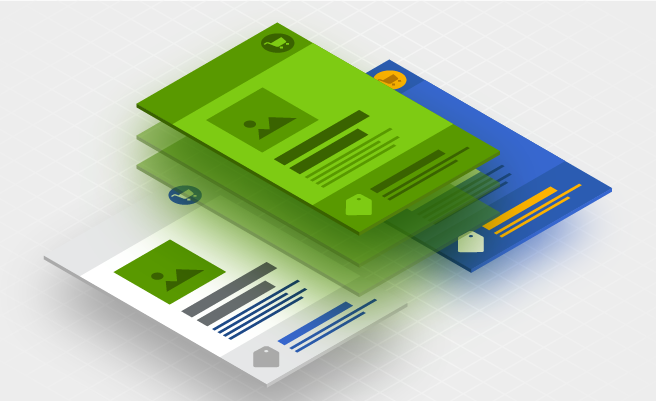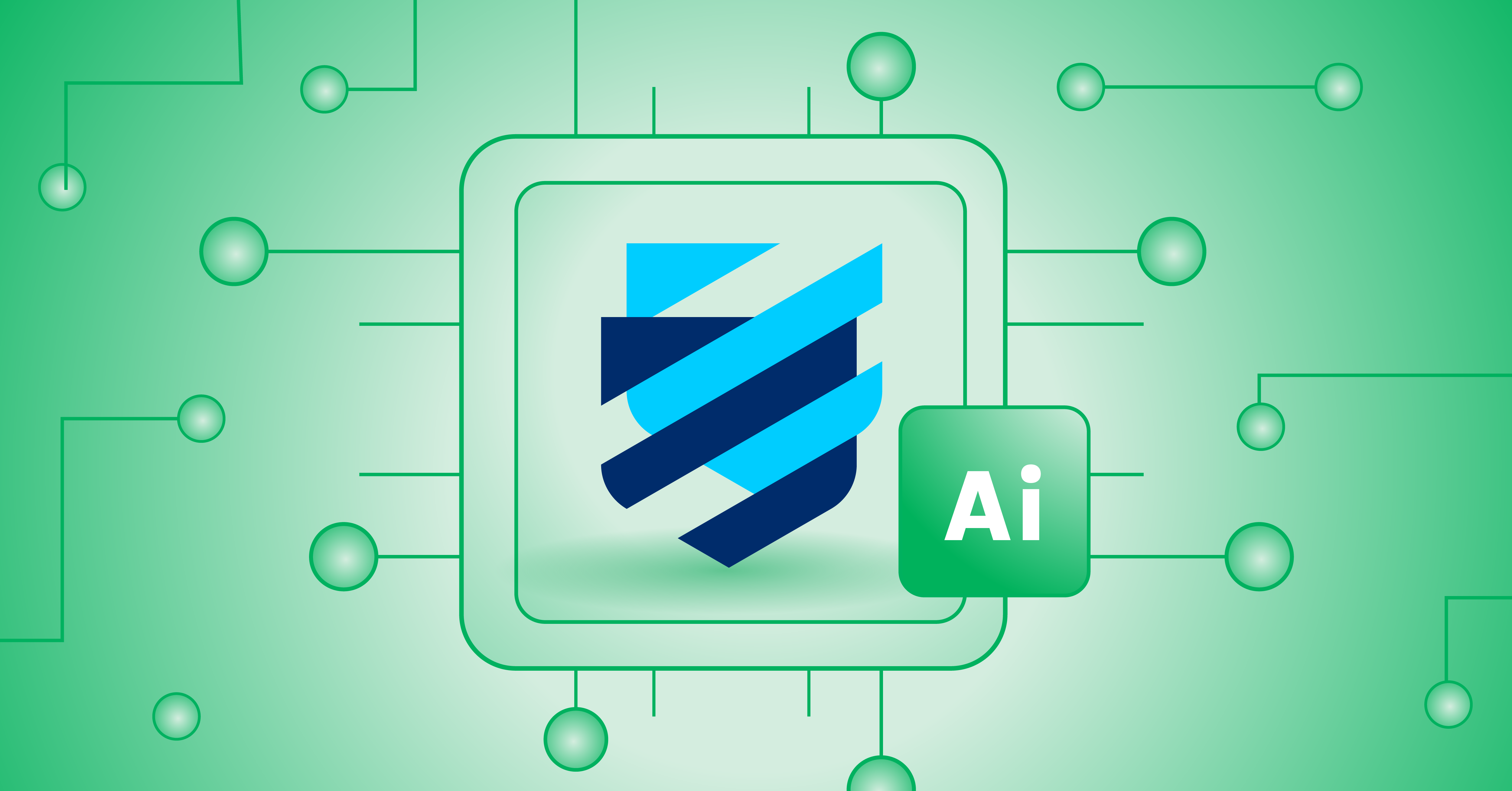- Feb. 11, 2021
- 4 min
Personalization boosts customer experiences I
Magnolia in Aktion
Unser Expertenteam zeigt Ihnen live, was Magnolia für Sie leisten kann.
Jetzt Demo buchenPersonalization is the magic word for success online. After all, addressing the customer personally is what’s behind buzzwords like user experience, brand loyalty, conversions, and touch points along the customer journey. Even personalization can be optimized through automation. What are the methods behind this, and what do you need to be aware of?
How companies can optimize the customer experience
Online marketing today no longer works without personalization. Individual address is the key to greater revenue in all channels of the ecosystem. It’s particularly important as businesses with online stores seek to unlock the benefits of personalization in ecommerce.
To accomplish this, modern companies need to address customers at the critical touch points on their digital customer journey in a few ways.
With targeted communication: Customers don’t receive general and possibly uninteresting information at the most important stations of their journey, but accurate, relevant, and valuable content.
The right information at the right time: Because only valuable content leads to the conversions you want.
Constant monitoring is important in gradually improving the success of personalized campaigns. Success is measurable and key performance indicators (KPIs) provide reliable data to do just that. Data-driven marketing campaigns require defined goals to make this possible. All performance indicators are constantly measured and evaluated, and today, this process is fully automated. That is the basis for continual optimization. The KPIs provide stakeholders with precisely the information they need as the basis for investment decisions.
But which technology is the right choice for individual marketing goals? Many companies are wary of trying out new methods for clearly defining goals and setting KPIs. In many cases, the target group hasn’t even been defined. One thing is clear though: If the target group remains faceless, it’s hard to create relevant content with real added value. The challenges are complex. But companies that fail to meet the requirements of digital marketing won’t be able to generate revenue or hold on to any competitive advantages in the long term.
The following questions are the first step in tackling these challenges:
Who should receive personalized advertising? Only existing users or a largely unknown target group that we don’t yet have any personal data on?
How much work does each of the scenarios involve? Is it possible to mix methods?
How can personal data be used for segmenting?
Is it worth buying surfing data from third parties?
Does it pay off to implement our own KI engine that identifies users based on tracking data?
Blueprints for Deep Personalization
Learn the key steps towards building personalized customer experience.
Implicit or explicit personalization?
What are the user’s preferences? Personalized address is only possible once you have answered this question. There are basically two possibilities for personalizing users:
Explicit personalization: The user has already signed up.
Implicit personalization: The user is not signed up.
The benefits of explicit personalization are obvious: There are generally no legal gray areas to using existing data. The user has submitted the information voluntarily and consented to its use. This data includes things such as preferences for certain products, age, address, and so on. This data can be segmented immediately and used for personalized address. Personalized address is no longer a new thing for most internet users. Many users even expect to receive individual content from a professional provider when they visit their website.
Implicit personalization is based on forecasts and probabilities. Ultimately, an estimation is made as to which segment the user fits into. On the technical side of things, the user is tracked using cookies. It’s not just since the introduction of the new regulations on data protection on the internet that this procedure has come up against major hurdles. Often it operates in a legal gray area or is simply not possible to execute. This is particularly true of cross-domain cookie use. And if a user deletes their browser history, including cookies, they will be incorrectly identified as a new user the next time they visit.
Other solution options for gathering user data
Explicit personalization is based on a valid data basis and moves on secure legal terrain when used professionally. However, if most visitors are not logged in to the app or website, data can be obtained from outside. Third-party providers supply valuable information for this. It is based on the analysis of news preferences, for example. Customer data can be aggregated via Data Management Platforms (DMP) and Customer Data Platforms (CDP).
Classification via segmentation
Once the data is available, the user needs to be classified in certain target groups. Customer segments in the B2C area include
socio-demographic and geographic data: age, gender, education, address,
psychographic data values, attitudes, lifestyles,
behavioral data: brand affinity, orientation to prices, media use.
When intelligently combined, this data leads to useful segmentation. It’s clear that segmentation is always based on prototypes. How successful the relevant classification is becomes evident once the measured goals are available.
The second article deals with high-performance access to content and the right CMS for personalizing content.










